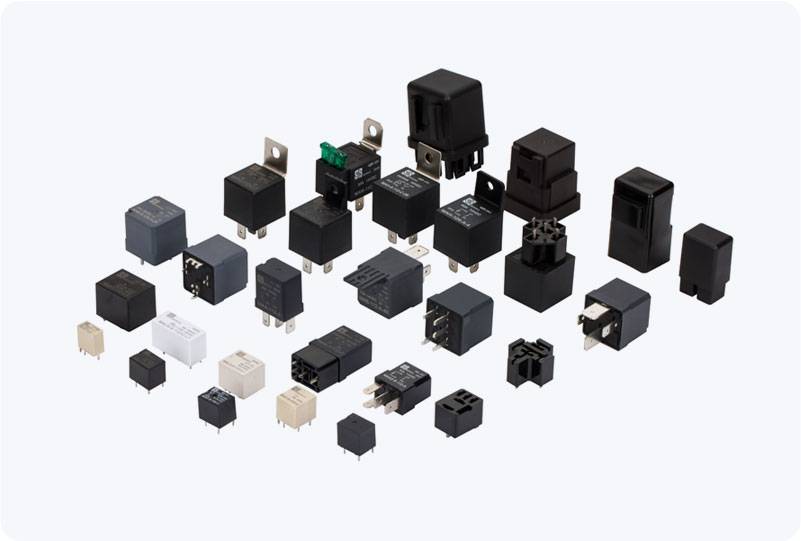hydrogen gas arc extinguishing relay: enhancing electrical safety through advanced arc quenching technology
Release time:2025-08-25 08:29:27
In electrical power systems, ensuring the safety and reliability of equipment is of utmost importance. One of the critical challenges in high-voltage circuits is the occurrence of electrical arcs during the opening of switches or breakers. These arcs can cause significant damage to the equipment and pose a severe safety hazard. In order to effectively mitigate the risks associated with arcing, specialized devices like the Hydrogen Gas Arc Extinguishing Relay have been developed to quench electrical arcs efficiently. This article explores the working principle, advantages, and applications of the Hydrogen Gas Arc Extinguishing Relay in modern electrical systems.

Working Principle
The Hydrogen Gas Arc Extinguishing Relay is an innovative device designed to extinguish electrical arcs formed during the opening of high-voltage circuits. The relay employs hydrogen gas, which has remarkable arc-quenching properties due to its high thermal conductivity and low ionization energy. When an electrical arc is formed, the relay introduces a controlled flow of hydrogen gas into the arc region. The gas absorbs the heat generated by the arc, rapidly reducing the temperature and effectively extinguishing the arc.
Hydrogen gas has several key advantages that make it an ideal medium for arc quenching. Its excellent thermal conductivity allows it to disperse heat quickly, preventing the arc from sustaining itself. Additionally, hydrogen is a lightweight gas that can flow easily into the arc region, aiding in the rapid cooling and dissipation of energy. By effectively lowering the temperature of the arc, the hydrogen gas disrupts the ionization process, which is necessary for sustaining an electric arc. This results in the rapid extinguishing of the arc and the safe interruption of the circuit.

